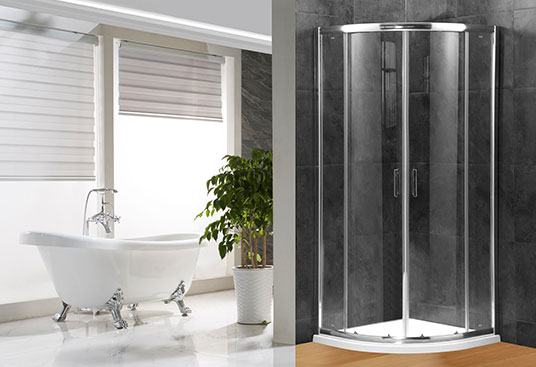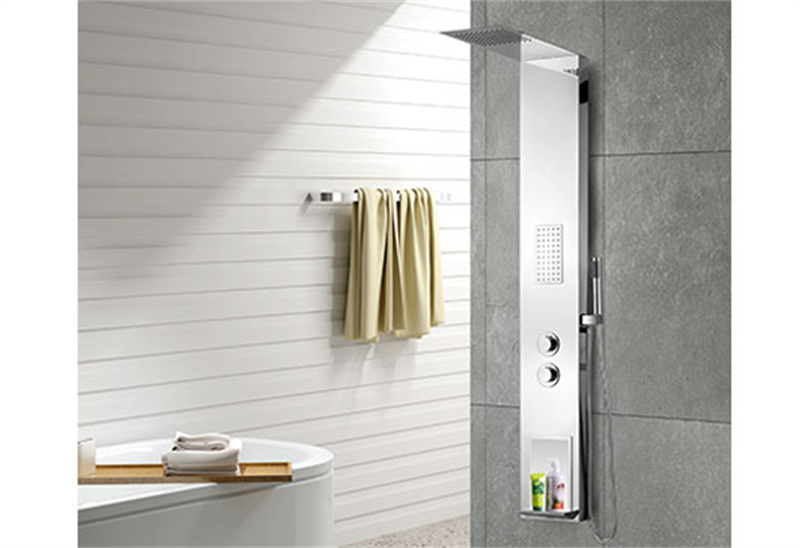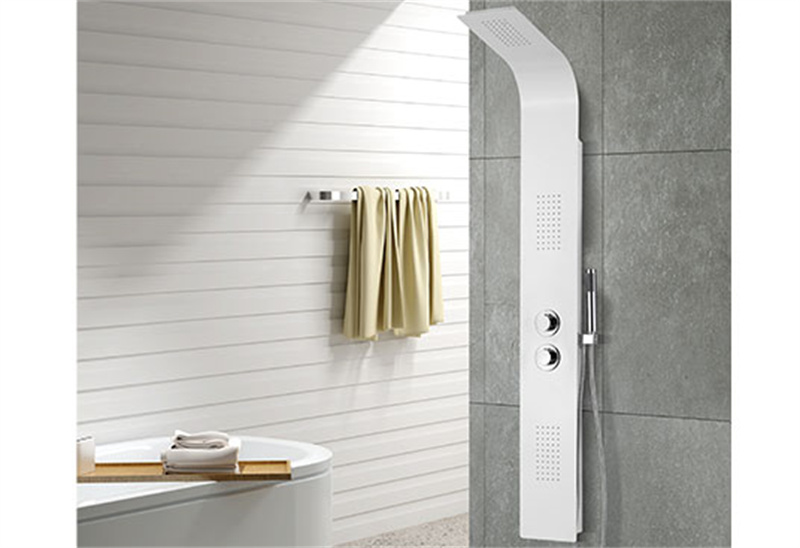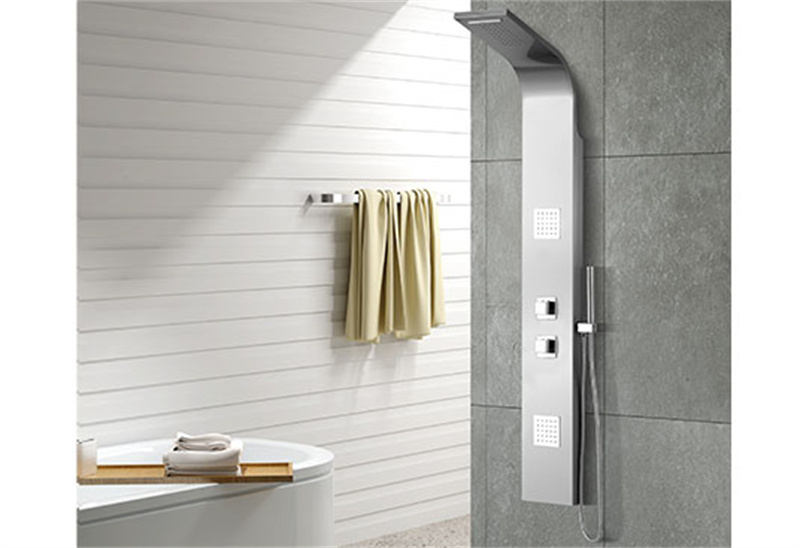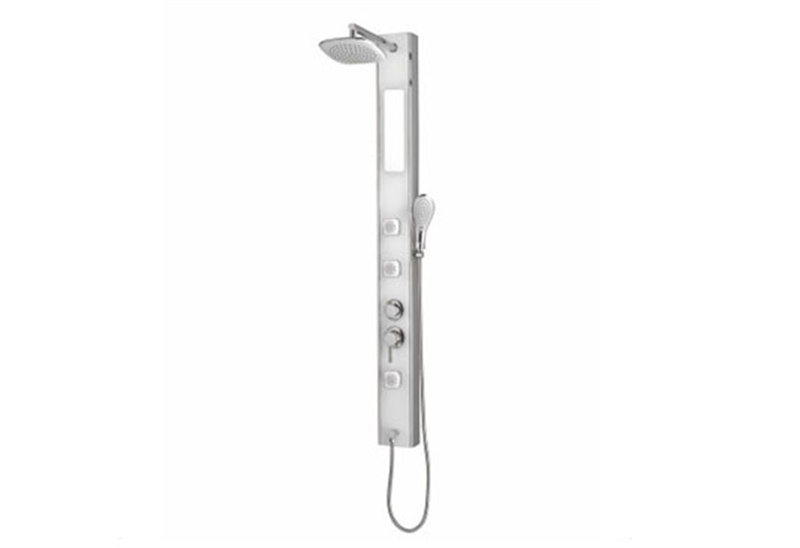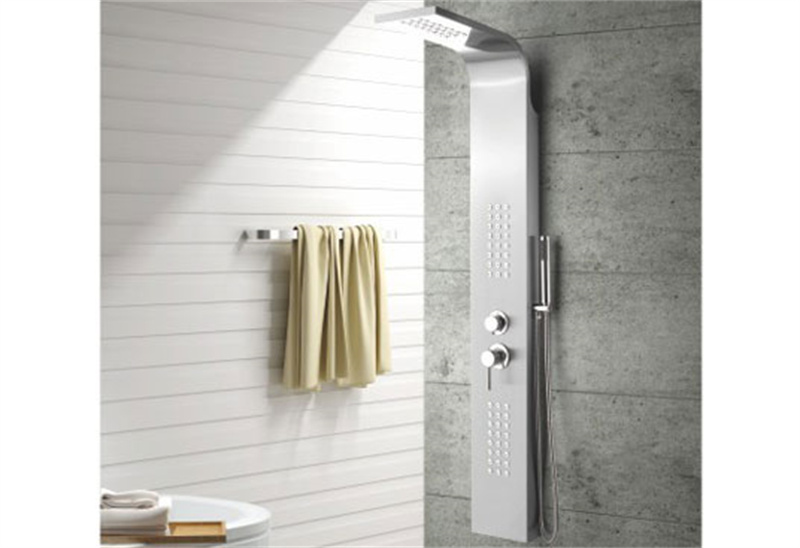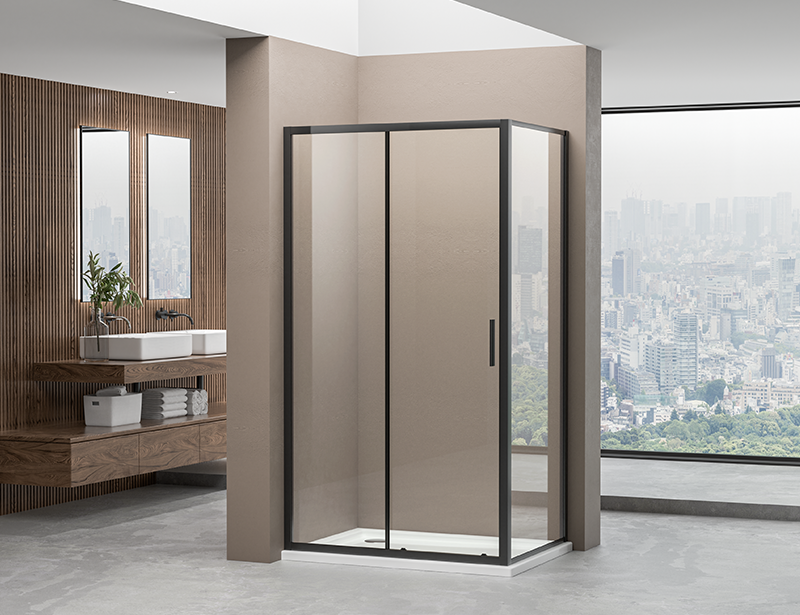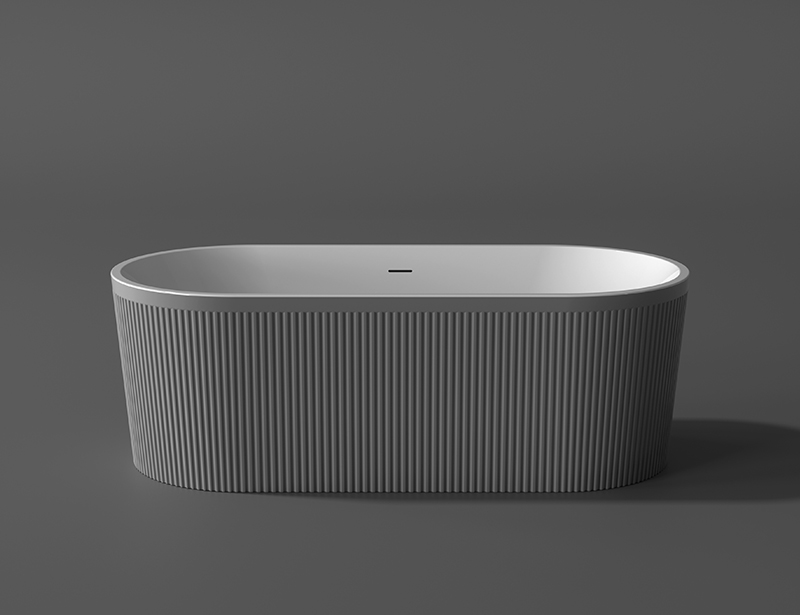Preventing water leaks and ensuring proper sealing in a shower enclosure is crucial to maintain the integrity of your bathroom and prevent water damage. Here are some tips to help prevent water leaks and ensure proper sealing in a shower enclosure:
Use High-Quality Materials: Invest in high-quality materials for your shower enclosure, including durable glass panels, watertight seals, and corrosion-resistant hardware. Quality materials are less likely to degrade over time and are better able to withstand water exposure.
Proper Installation: Ensure that your shower enclosure is installed correctly by following the manufacturer's instructions or hiring a professional installer. Proper installation helps ensure that all components fit together snugly and that seals are properly applied.
Seal Joints and Edges: Use silicone caulking or sealant to seal joints, edges, and seams where the shower enclosure meets the walls, floor, and other surfaces. Pay close attention to areas where water could potentially seep through, such as corners and around fixtures.
Regular Maintenance: Regularly inspect your
shower enclosure for signs of wear and tear, including cracked or deteriorating seals, loose hardware, and damaged grout or caulking. Replace worn-out seals and reapply caulking as needed to maintain a watertight seal.
Keep Surfaces Clean and Dry: Clean your shower enclosure regularly to remove soap scum, mineral deposits, and mildew buildup, which can compromise seals and lead to water leaks. Wipe down surfaces after each use to keep them dry and prevent water from pooling.
Address Grout and Tile Issues: Repair any cracked or damaged grout and replace loose or missing tiles to maintain a watertight barrier in your shower enclosure. Properly sealed grout and tile help prevent water from infiltrating behind the walls and causing damage.
Install a Quality Shower Door: Choose a high-quality shower door with effective seals and hinges to minimize the risk of water leaks. Consider options like magnetic strips or drip rails along the bottom of the door to help channel water back into the shower enclosure.
Use a Shower Liner or Curtain: If you have a shower enclosure with a door, consider using a shower liner or curtain inside the enclosure to provide an additional layer of protection against water leaks. Make sure the liner or curtain is properly secured and extends beyond the edges of the enclosure.
Address Plumbing Issues Promptly: Address any plumbing issues, such as leaking pipes or fixtures, promptly to prevent water from seeping into the walls or floor around the shower enclosure. Regularly inspect plumbing connections and repair any leaks as soon as they are detected.

